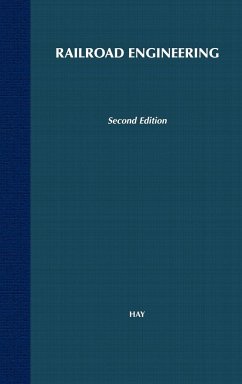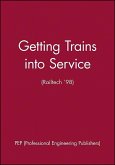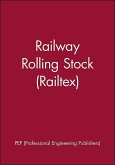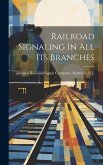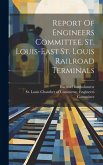This revision of the classic text on railroad engineering-considered the bible of the field for three decades-is the culmination of the author's 48 years of experience in railroad engineering, teaching, research, and consultation. It provides an upto-date, ready reference to the principles and applications of railroad design, construction, operation, and maintenance for engineers, supervisors, designers, managers, planners, and field personnel. Railroad Engineering, Second Edition examines the causes of both rapid transit and conventional railroad problems, and shows how current construction and maintenance procedures are used to solve these problems. The first fourteen chapters of the book set forth basic principles of route location and focus on the relation between locomotive characteristics and performance, and the location factors of distance, curvature, rise and fall, and major grades. The cost effects of these various relationships are stressed, and details of train, curve and grade resistance, locomotive horsepower, tractive effort, performance, speed and speed control are emphasized. Chapters fifteen through thirty describe and apply principles that govern the design, construction, and use of railroad track. They treat track analysis, support systems, components, geometry and the conduct of work in construction and maintenance. The second edition features * new material on methods of evaluating train resistance, ballast resilience, deformation, sizing, undercutting, track-train dynamics, and location procedures in terms of diesel-electric locomotives * more emphasis on mechanized maintenance procedures and the problems created by the introduction of modern, high capacity rolling stock * expanded sections on contact and shearing stresses, continuous welded rail, and rail life, especially under heavy wheel loads * up-to-date information on statistics, practices, and materials and equipment?and the new Interstate Commerce Accounting Classifications * The text is amply illustrated with photographs to show new equipment and methods. It also contains I.C.C. revenue, capital, and operating expense account tables. Appendixes include a complete location problem, and quantitative study problems.

